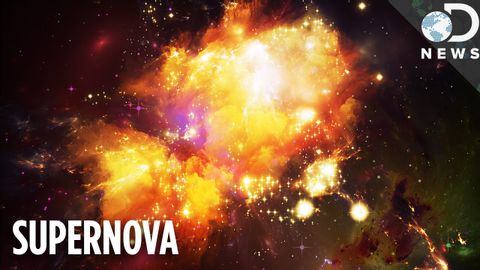なぜ星は爆発するのか? (Why Do Stars Explode?)
Jack が 2021 年 01 月 14 日 に投稿  この条件に一致する単語はありません
この条件に一致する単語はありません- n.要求;(動物の)鳴き声;予想;ちょっと訪れること;審判の判定
- v.t./i.(仕事などを引き受けるよう人に)命じる : 要求する;立ち寄る:訪問する;電話する;大声で呼ぶ : 大声で叫ぶ
- v.i.(動物の)鳴き声
- v.t.発表する : 知らせる;判定する;名づける;予想する
- v.t.火をつける;点灯する : (照明を)つける
- adj.明るい;薄い;軽い;軽い
- n. (c./u.)光;明瞭化;光;照明;信号;表情
- adv.(旅行をするときに)荷物を少なくして
エネルギーを使用
すべての単語を解除
発音・解説・フィルター機能を解除

